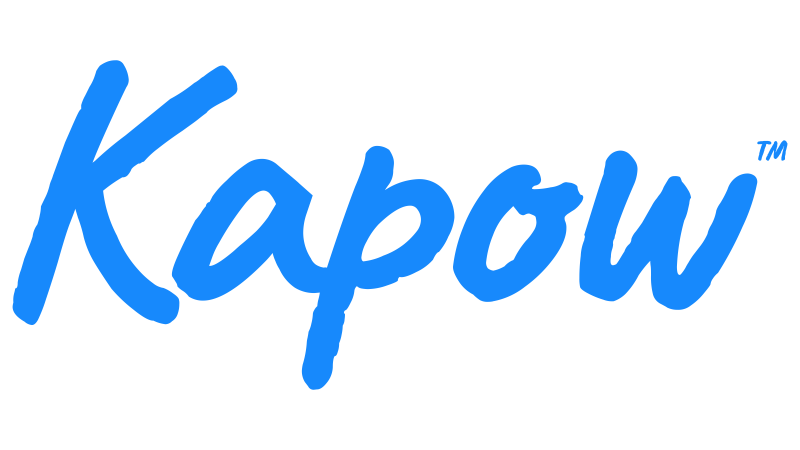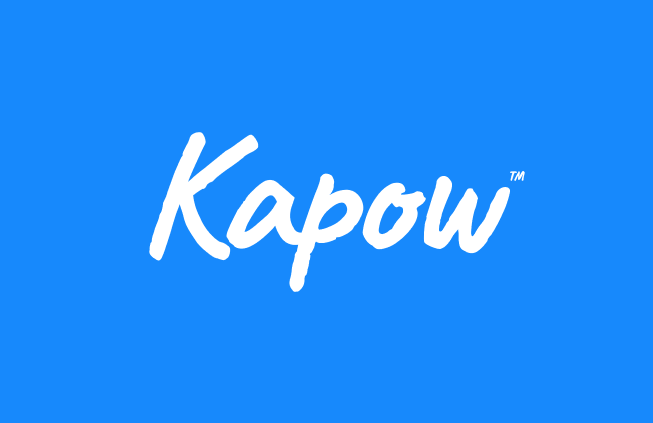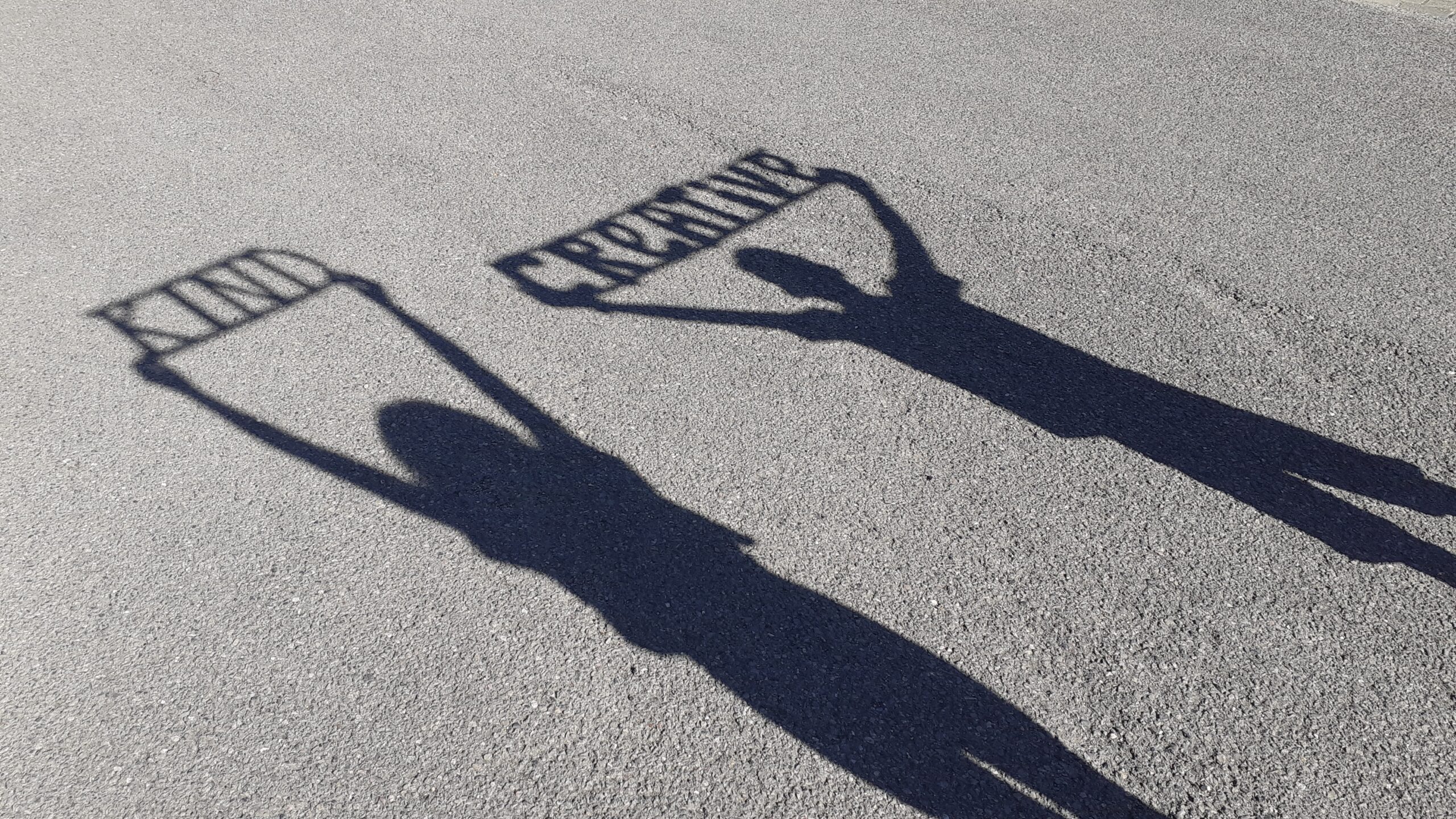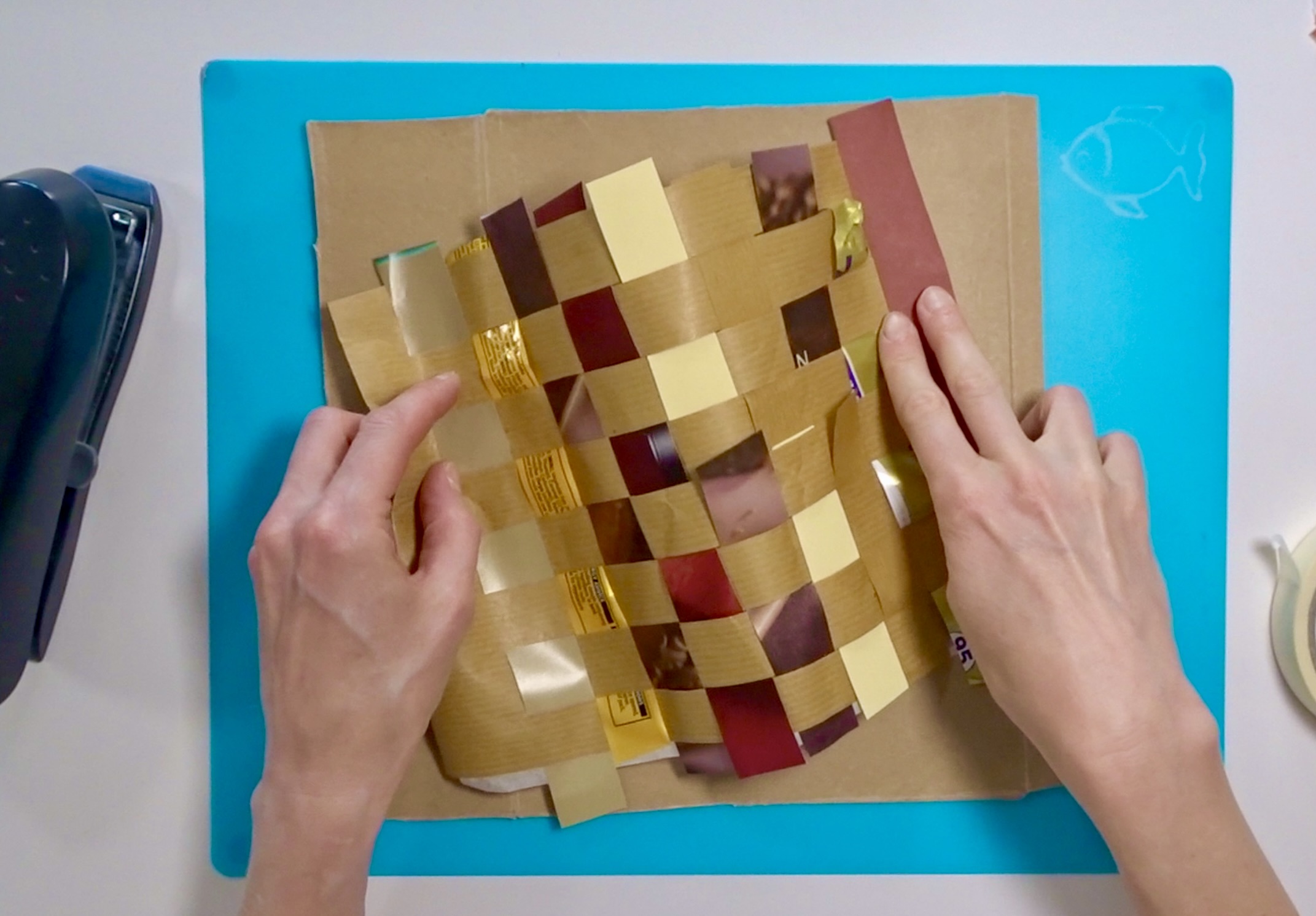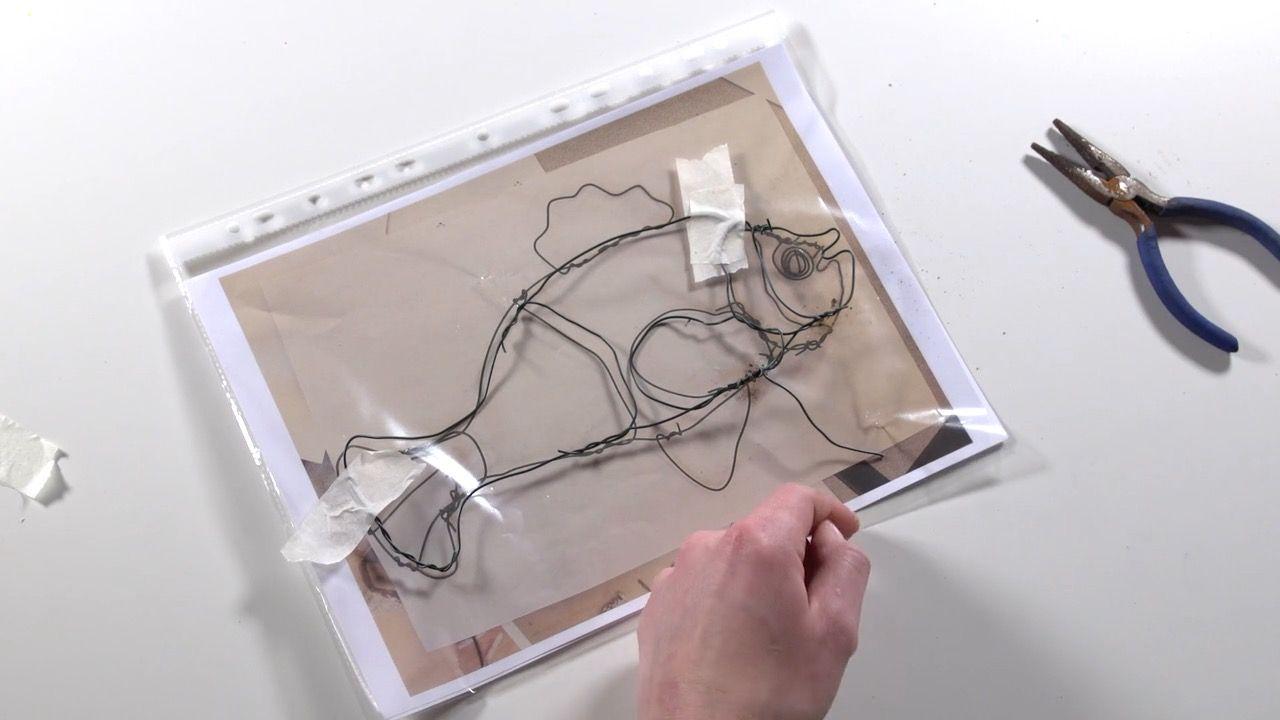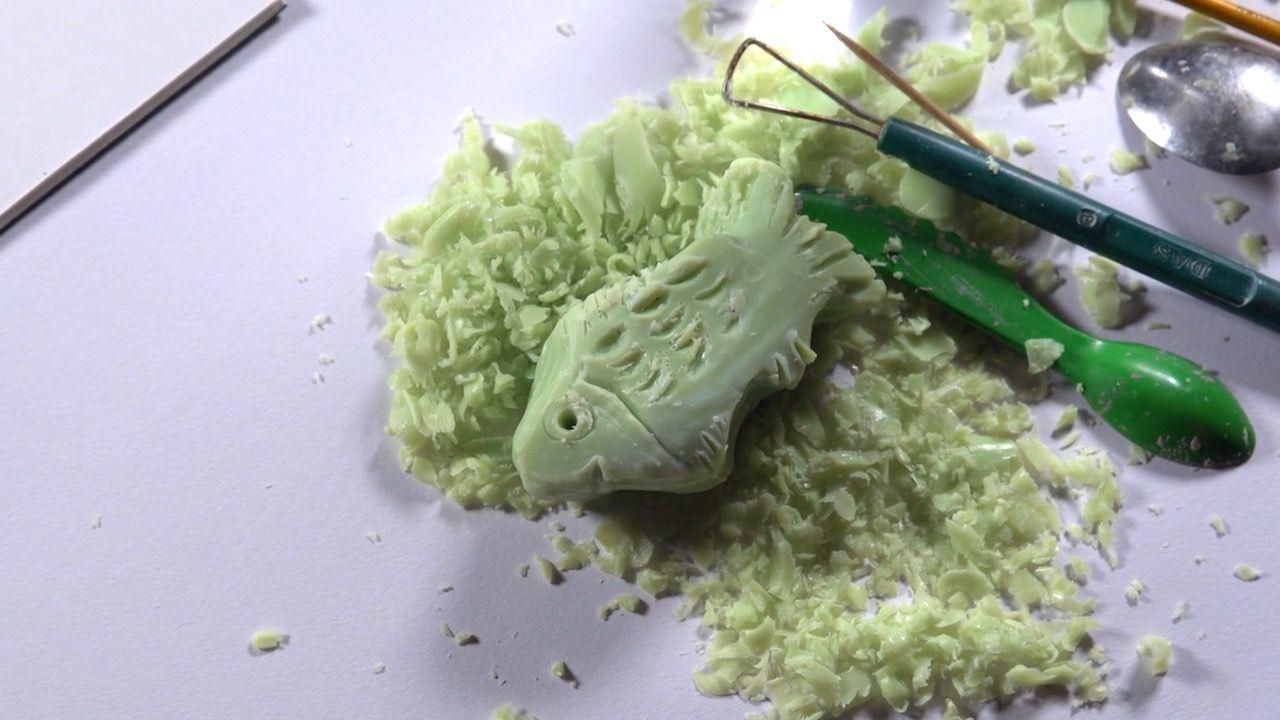Learning intention
- To develop ideas for 3D artwork by visualising and drawing in 2D.
Success criteria
- I can use my whole arm to draw
This content is for subscribers only. Join for access today.
Cambridge Primary Art & Design (0067) Learning objectives
Experiencing
E.01 Encounter, sense, experiment with
This content is for subscribers only. Join for access today.
Before the lesson
This content is for subscribers only. Join for access today.
Lesson plan
Recap and recall
Check learners can recall the vocabulary and meaning of techniques to create 3D forms, for example, roll, fold and bend. Give learners a piece of paper or thin card. Ask learners to roll, fold and bend it into a 3D form.
This content is for subscribers only. Join for access today.
Extended-mode explainer videos
How to extend your display to view the lesson page and preseantion mode simultaneously. Choose your operating system below to watch the video
If you need further support with extending your display,
please contact [email protected].
Differentiation
Learners needing support:
- Could use a picture of 3D objects to draw from when working outside.
- Could work with a confident partner.
Learners working at a stretch:
- Could use basic shapes to draw complex shapes.
- Should draw a larger 3D shape.
This content is for subscribers only. Join for access today.
Assessing progress and understanding
Learners with secure understanding can:
- Try out a different way of drawing and
This content is for subscribers only. Join for access today.
Vocabulary
-
ceramics
The art of making things by shaping pieces of clay then baking them in a kiln/oven until they are hard.
-
curve
A line that bends and is not straight.
This content is for subscribers only. Join for access today.
In this unit
Lesson 1: From 2D to 3D
Lesson 2: Soap sculptures
Lesson 3: Working with wire
Lesson 4: Shadow sculpture
Lesson 5: Recycle and recreate
